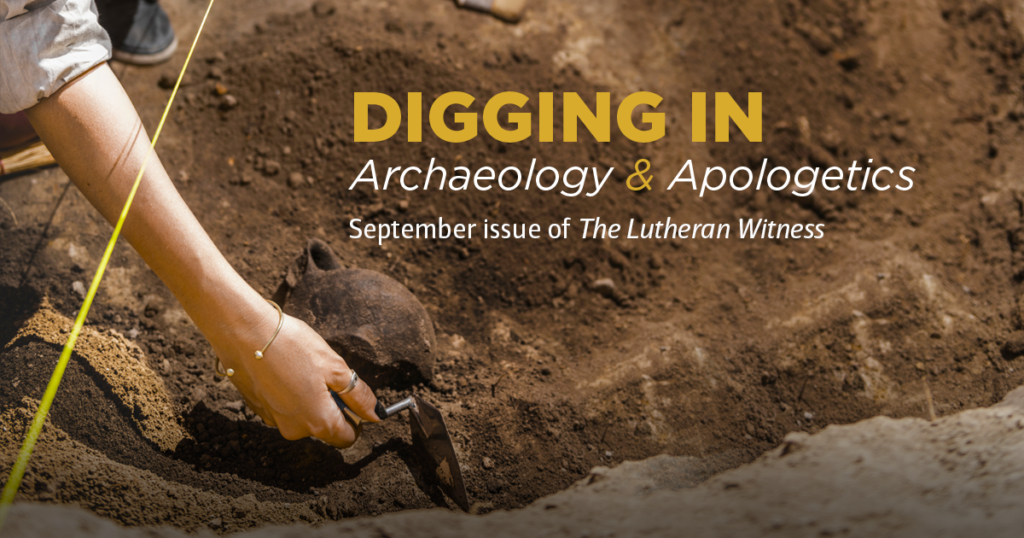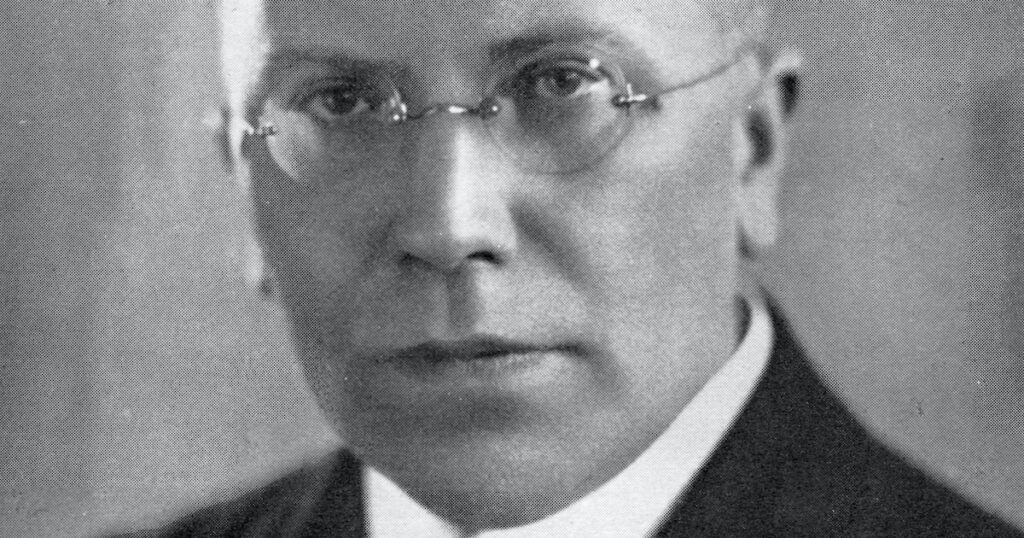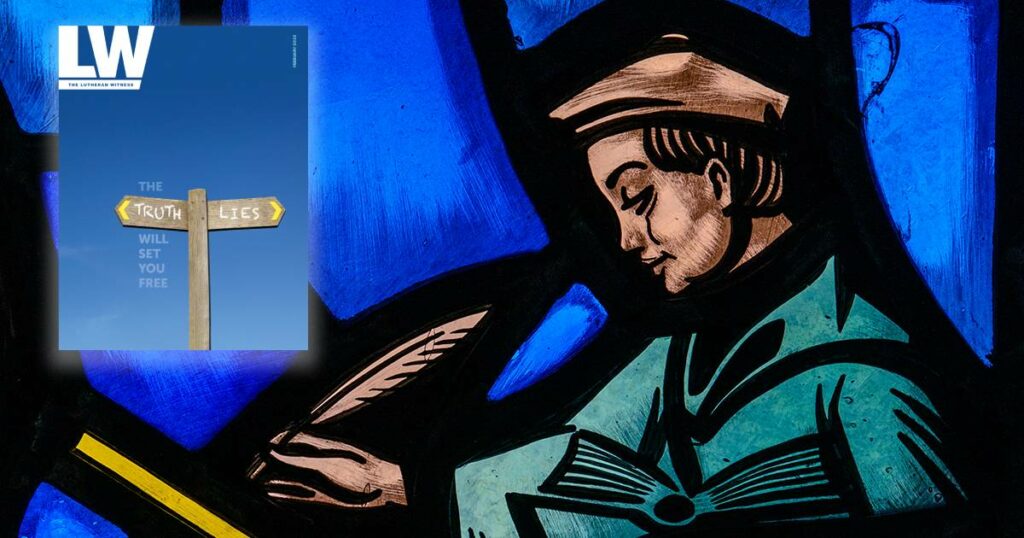St. Peter’s first epistle encourages us to “always [be] prepared to make a defense to anyone who asks you for a reason for the hope that is in you” (1 Peter 3:15). The Greek word for “making a defense” is apologia, or “apologetics” in English. Thus, we get the Christian discipline of apologetics, or making a defense of the faith.
Consider St. Peter’s audience when he wrote that encouragement. They were “grieved by various trials” (1 Peter 1:6) and lived “as sojourners and exiles” among the nations (1 Peter 2:11). He tells them to submit to authorities, even the emperor (1 Peter 2:13). He tells them that servants — slaves in the New Testament sense — were to remain subject to their masters and to endure even unjust suffering. Why? Because Christ suffered first, “leaving you an example, so that you might follow in his steps” (1 Peter 2:18–21). If they were to suffer for righteousness’ sake, St. Peter assures them, “you will be blessed” (1 Peter 3:14).
In other words, St. Peter’s audience does not seem to have much of a reason for hope. And surely they do not seem to have any reason to defend that hope to others. Yet, St. Peter knows that their defense of the hope they have in Jesus Christ may indeed be the tool by which the Holy Spirit brings faith.
Apologetics does not mean arguing someone into the faith; only the Holy Spirit bestows faith when and where it pleases Him. But the Holy Spirit does use our witness to Christ’s work to clear roadblocks and prepare the path for faith. That is the apologetic task.
For many years, archaeology has formed an important part of Christian apologetics. As David Adams points out, archaeology neither proves the Bible nor argues someone into faith. The raw facts archaeologists uncover require interpretation. But for those who enjoy the archaeological details, it provides a vast mine of data for enriching our understanding of God’s Word and world.
This issue takes up the twin tasks of apologetics and archaeology. We have the privilege of including the writing of Paul Maier, noted Lutheran writer and historian. David Adams, seminary professor and archaeologist, expounds on the limits of archaeology. Professor and archaeologist Mark Meehl walks us through the nitty-gritty of an archaeological dig. Finally, Sarah Reinsel discusses the manuscript traditions of the New Testament and what it means for us and our English Bibles today.
I hope you enjoy digging into this issue as much as I did.
- See table of contents for the September 2023 issue
Ready to make a defense,
Roy S. Askins
Managing Editor, The Lutheran Witness






